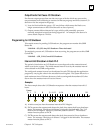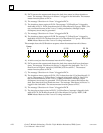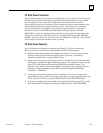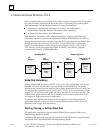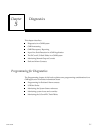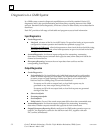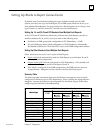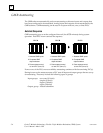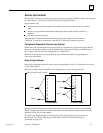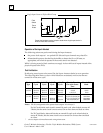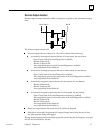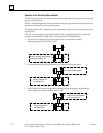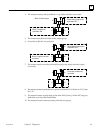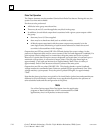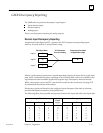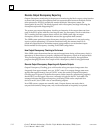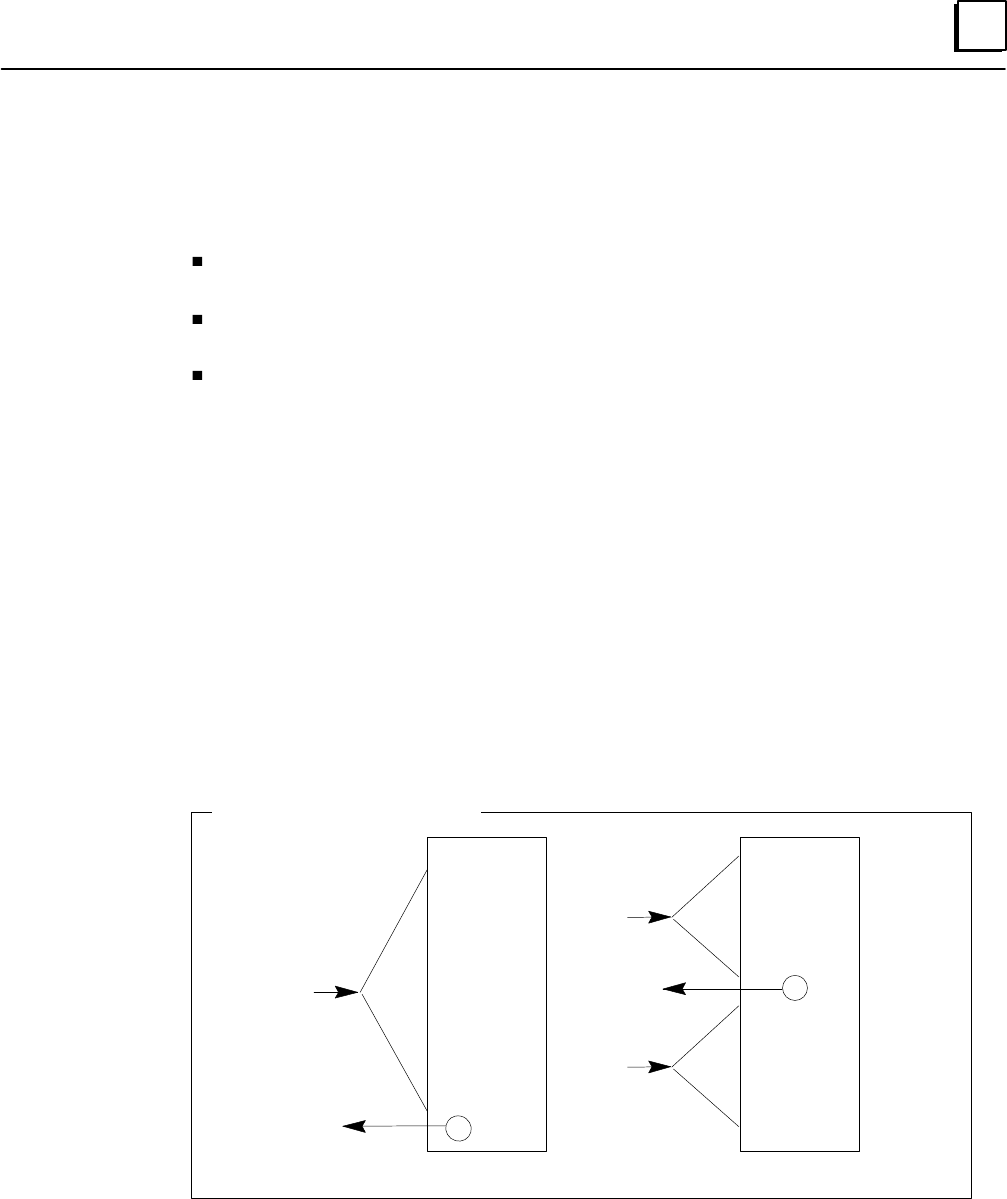
5
5-5GFK-0787B Chapter 5 Diagnostics
Discrete Input Autotest
Discrete Input Autotest exercises the system inputs to assure their ability to detect and respond
to actual inputs. It can be used on both 16-point and 32-point blocks.
Input autotest will:
accommodate normally-closed and normally-open devices with the device in either
state.
detect any input failure associated with an input that would result in a failure to
respond.
not cause spurious outputs.
Input autotest is internal to each Genius block. With the exception of an initiation
command, it requires no interaction with the PLCs during the autotest sequence.
Configuration Required for Discrete Input Autotest
Blocks that will be autotested must be configured as “combination” (input and output) blocks.
However, the blocks must be used as all-input blocks with point 16 only on each block set up
as an output. Point 16 must be configured to be “Default On”.
Whether or not inputs on an input block group will be autotested is configurable on a
circuit-by-circuit basis.
Setup for Input Autotest
Inputs to be autotested must have their power controlled by circuit 16, which functions as the
“power feed output”.
Each power feed output is capable of providing power to up to 32 input devices.
1
2
3
4
5
6
7
8
9
10
11
12
13
14
15
16
1
3
5
7
9
11
13
15
17
19
21
23
25
27
29
31
2
4
6
8
10
12
14
16
18
20
22
24
26
28
30
32
16-circuit block 32-circuit block
Block Setup for Input Autotest
inputs
inputs
output
output
inputs
Installing isolation diodes permits the Input Autotest to also detect circuit-to-circuit shorts.
When a single input sensor is wired to more than one input block, isolation diodes are also
required on the power feed outputs.
The following illustration shows connections from a single input sensor to a group of
three blocks. The Zener diode shown at the field switch is for line monitoring, as
explained on page 5-14.



